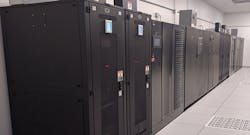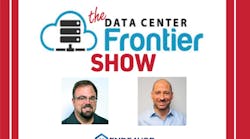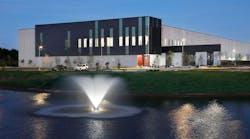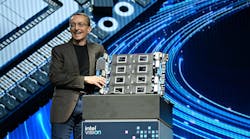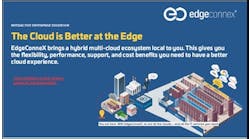Today we continue our Data Center Executive Roundtable, a quarterly feature showcasing the insights of thought leaders on the state of the data center industry, and where it is headed. In today’s discussion, our panel of experienced data center executives – Jack Pouchet of Vertiv, BASELAYER‘s Samir Shah and Erich Sanchack of Digital Realty – discuss the adoption of lithium-ion batteries in mission-critical data center UPS systems.
The conversation is moderated by Rich Miller, the founder and editor of Data Center Frontier.
Data Center Frontier: There’s growing interest in the use of lithium-ion batteries in data center UPS systems. Are lithium-ion batteries likely to find traction in the data center market? If so, what are the key factors in the rate of adoption?
Samir Shah, VP of Product Management, BaseLayer
Samir Shah: We have seen a surge in Li-ion battery demands, which leads us to believe that the market is keen to adopt them. Almost all major manufacturers do provide Li-ion solutions and they are rapidly gaining market share. There are numerous reasons that the time is right.
The popularity of Li-ion batteries in other industries, such as electric cars and smartphones, is improving data center customers’ confidence and acceptance in this technology. Li-ion has clear benefits; is 60-70% smaller than and weighs half that of VRLA. The lifespan of Li-ion battery is 12-15 years as opposed to 7-8 years maximum for a VRLA battery. Then there are operational benefits as Li-ion batteries require less servicing, and maintenance is simpler. Li-Ion batteries can also operate at higher temperatures than their VLRA counterparts.
On the other hand, there are still safety concerns with Li-ion batteries and manufacturers are working around the clock to improve the situation and develop mitigating solutions. On price, Li-ion batteries come with a higher upfront cost, but the Total Cost of Ownership is now at par with VRLA solutions, given the benefits we just discussed. As Li-ion gains greater adoption, cost will come down. We anticipate this will occur in the near future.
It’s exciting to see advancements in this field, with Solid State Batteries around the corner, and several automakers interested in the post Li-ion era electric cars. If this technology can scale to production, it can deliver more capacity and address the safety concerns of Li-ion.
JACK POUCHET, Vertiv
Jack Pouchet: Yes! Li-ion batteries are finding a home within the data center space. We are in the early days of adoption. Many large end users are running trials validating performance, developing their operational practices, evaluating facilities design, etc. as they prepare to deploy Li-ion battery plants across more sites.
Key factors driving Li-ion adoption include: cost parity over their life-cycle (not first cost), benign operating temperature range that eliminates the need to separate the cooling system with unique set points; higher energy density that results in a smaller form factor, reducing space allocation and freeing up additional space for client hardware (revenue); high cycle-count, discharge/recharge characteristics; and the significant potential for additional revenue streams.
On the revenue streams, there are UPS platforms capable of bi-directional operation. When coupled with Li-ion batteries this enables the operator to provide grid firming services such as frequency stability, VAR, peak shaving, and sustained energy supply for 10 minutes or more. This of course depends upon the energy supply agreements and regulations at your location. This case study demonstrates how Noriker Power leveraged the technology to provide consistent power to the grid and store energy generated during low demand period.
ERICH SANCHACK, Digital Realty
Erich Sanchack: We believe that lithium-ion batteries will eventually dominate the market based on long-term cost savings and rapid ROI, and we have already made them a standard in our new designs. They are smaller, lighter weight, and lower-maintenance, creating clear cost-efficiencies that can be passed on to our customers.
While there is a lot of investigation into fire suppression issues surrounding their deployment, in the final analysis, there’s really nothing but upside to their ascendance.
TOMORROW: Are underwater data centers brilliant or a crazy idea?
Keep pace with the fact-moving world of data centers and cloud computing by following us on Twitter and Facebook, connecting with me on LinkedIn, and signing up for our weekly newspaper using the form below:
